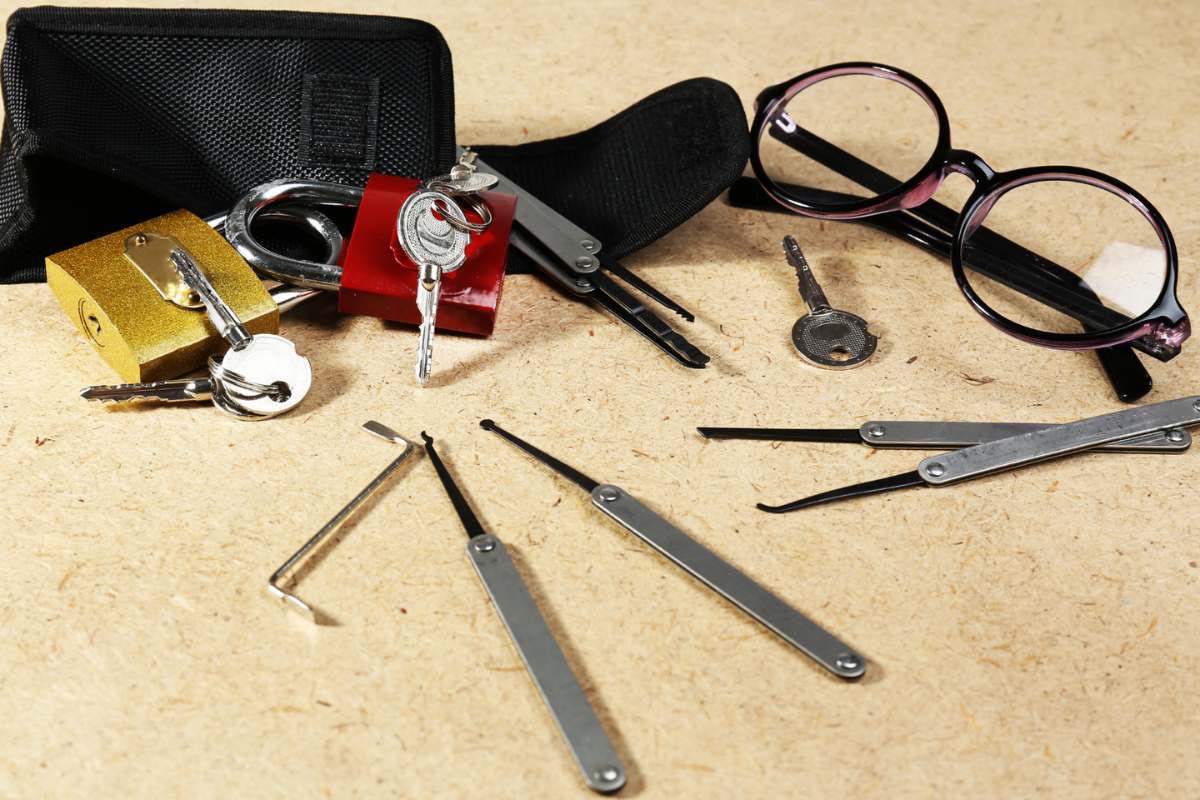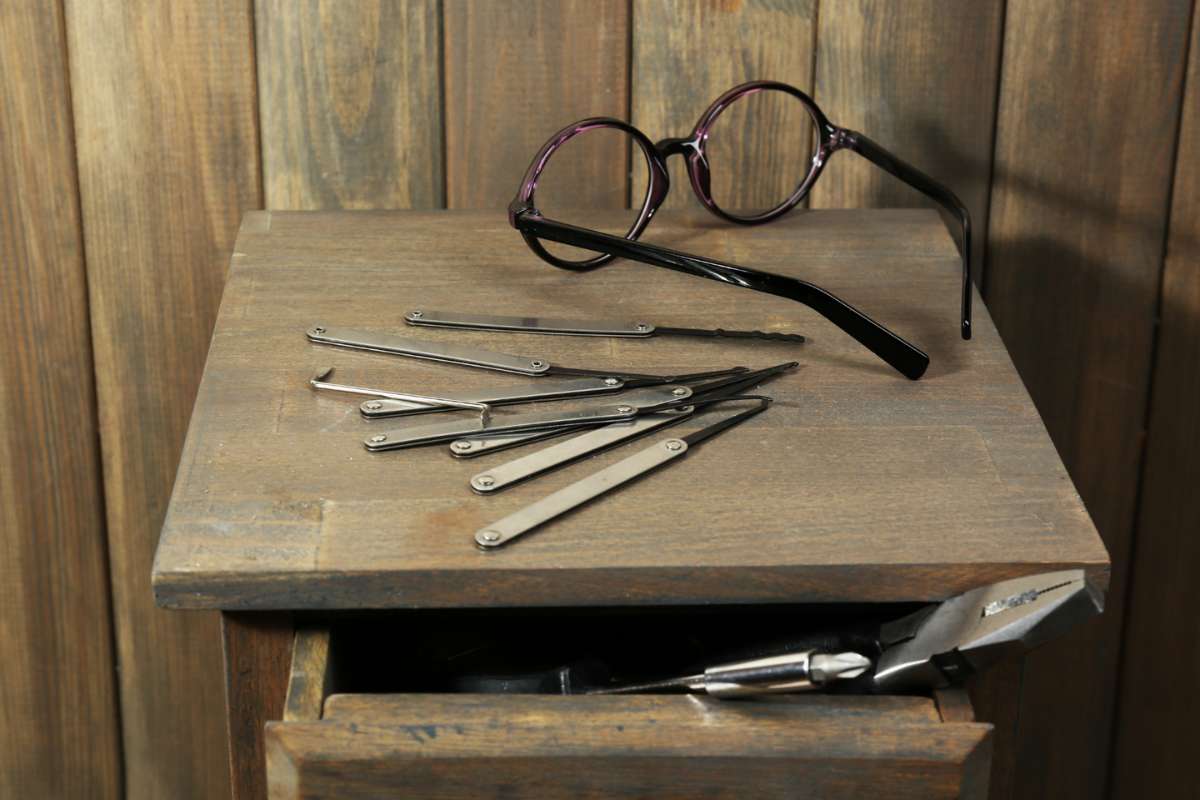What is a rekey?
Single pin picking (SPP): This technique involves manipulating each pin in the lock individually, using a pick and a tension wrench to apply pressure and feel for feedback from each pin. SPP is often considered the most precise and reliable method of lockpicking, but it can also be time-consuming and require a high level of skill.
Raking: Raking involves rapidly manipulating the pins or other internal components of the lock using a specialized pick, such as a rake or a bump key. This method can be faster than SPP and requires less skill, but it may not work on all types of locks and may be less reliable.
Impressioning: Impressioning involves creating a copy of the lock's key by inserting a blank key into the lock and manipulating it until it creates a working key. This method requires a high level of skill and specialized tools but can be useful when SPP or raking are not possible.


